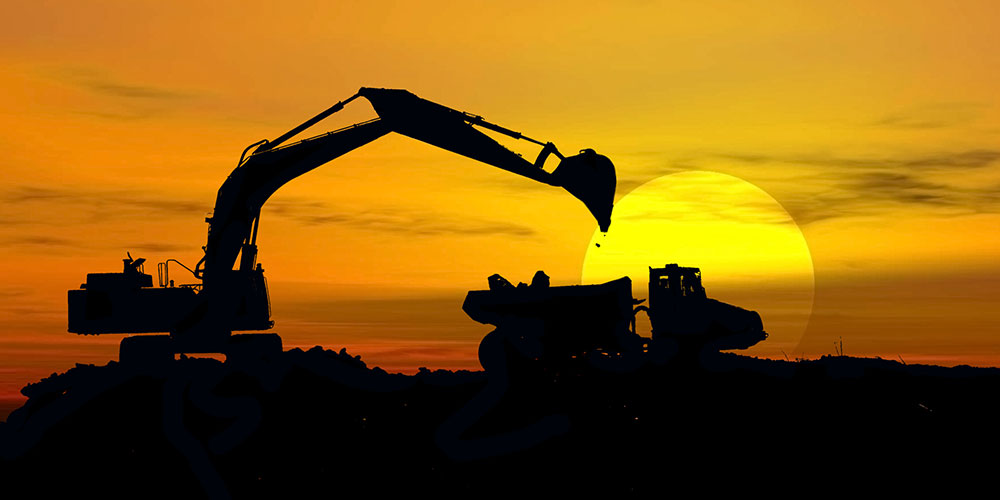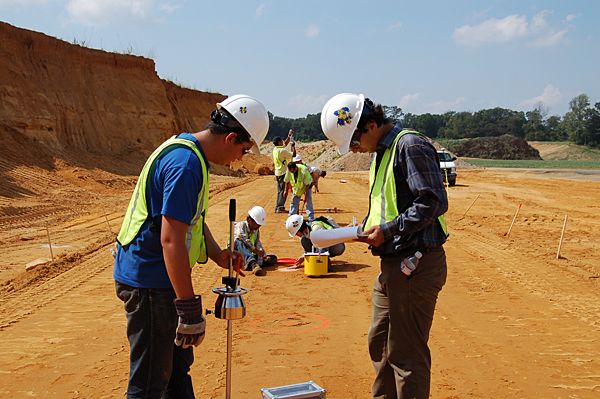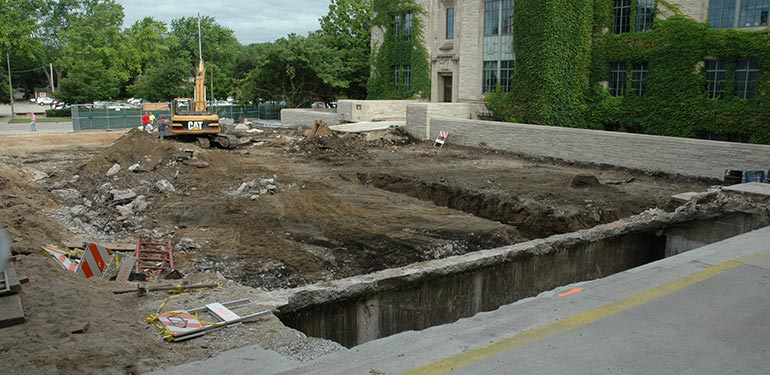Consulting Civil Engineering Companies Giving Geotechnical Solutions
Consulting Civil Engineering Companies Giving Geotechnical Solutions
Blog Article
Exactly How Consulting Engineers Enhance Geotechnical Engineering Projects: Insights Into Their Knowledge, Approaches, and Collaborative Approaches
Consulting engineers are essential in boosting geotechnical design tasks, applying their specialized expertise to navigate the complexities of subsurface problems. Their collaborative methods foster communication amongst varied task stakeholders, ultimately shaping the project's trajectory.
Duty of Consulting Engineers
The experience of consulting engineers in geotechnical design is fundamental to the effective execution of building jobs. These experts play a pivotal duty in assessing dirt and rock properties, which are critical variables influencing style and building and construction decisions. By performing detailed site examinations, getting in touch with engineers accumulate vital information that educates the layout procedure, guaranteeing tasks are improved steady and ideal ground.
Consulting designers also provide important understandings into risk monitoring (geotechnical geologist). They recognize potential geotechnical hazards, such as landslides, dirt liquefaction, and negotiation issues, allowing stakeholders to carry out efficient reduction approaches. Their know-how aids in optimizing foundation layouts, which can cause significant expense savings and boosted safety and security
Additionally, seeking advice from engineers work as a crucial web link between job owners, designers, and service providers. Their ability to convert intricate geotechnical data into workable referrals promotes collaboration and assists in informed decision-making throughout the task lifecycle. This multidisciplinary technique not only boosts project effectiveness however also makes certain compliance with governing standards and finest methods.
Trick Methods in Geotechnical Engineering

One primary approach is site investigation, which entails conducting field tests and laboratory analyses to collect information on subsurface problems. Techniques such as Standard Penetration Screening (SPT) and Cone Infiltration Screening (CPT) are commonly utilized to evaluate dirt stratigraphy and toughness. In addition, geophysical approaches, consisting of seismic and electrical resistivity surveys, give non-invasive means to assess subsurface qualities.
Another crucial method is mathematical modeling, which makes it possible for designers to replicate different scenarios and predict exactly how soil-structure communications will certainly behave under various loading conditions. Limited Aspect Analysis (FEA) is a typical method employed in this context.
Moreover, the style of foundations, keeping frameworks, and earthworks counts greatly on these techniques - geotechnical geologist. By incorporating innovative analytical tools with area data, speaking with engineers can create customized options that resolve certain job obstacles, eventually contributing to the security and safety and security of construction jobs
Relevance of Dirt Analysis
Soil evaluation works as a fundamental component in geotechnical design, offering crucial insights right into the physical and chemical homes of dirt essential for efficient construction planning. Understanding soil features is important for establishing its load-bearing ability, water drainage behavior, and capacity for settlement or instability. Detailed soil examinations, consisting of sampling and lab testing, assistance recognize parameters such as soil type, moisture content, thickness, and shear toughness.
These analyses notify the choice of appropriate construction methods and products, inevitably affecting task security and long life. For circumstances, cohesive dirts might call for various structure designs contrasted to granular soils, requiring tailored engineering options. Additionally, soil analysis aids in identifying contaminants that could posture risks to human health and wellness or the atmosphere, enabling for the advancement of mitigation techniques.
Incorporating soil analysis into the beginning of task growth assists to lessen unanticipated obstacles, guaranteeing that designers can prepare for and attend to prospective issues before they escalate. By developing a detailed understanding of the website conditions, speaking with engineers can enhance design efficiency and lower expenses, therefore boosting the general success of geotechnical engineering projects.
Collaborative Techniques in Jobs
Effective geotechnical tasks usually rest on collaborative techniques that bring with each other diverse expertise from numerous techniques. Website Reliable partnership among speaking with engineers, rock hounds, ecological researchers, and construction professionals is crucial for attending to complex obstacles and optimizing task results. By leveraging the one-of-a-kind skills and expertise of each staff member, look at this now projects can gain from a holistic understanding of the site problems, governing demands, and design constraints.
Routine communication and interdisciplinary meetings promote the sharing of understandings and cultivate a culture of synergy. These joint initiatives enable the identification of potential threats early in the task lifecycle, enabling prompt mitigation techniques. Furthermore, including responses from stakeholders, consisting of regional communities and regulative companies, guarantees that all viewpoints are considered, improving task approval and conformity.
Furthermore, the combination of innovative technologies, such as Geographic Information Solution (GIS) and Building Details Modeling (BIM), additional enhances cooperation. These tools permit the real-time sharing of data and visualization of geotechnical conditions, promoting notified decision-making. Inevitably, a collaborative strategy not only enhances task execution however additionally lays the structure for innovative services to intricate geotechnical engineering difficulties.
Impact on Task End Results

Consulting designers utilize advanced approaches such as risk evaluation and anticipating modeling, which improve the accuracy of task forecasts. Their capability to incorporate innovative technologies, like geotechnical instrumentation and information analytics, even more fine-tunes the layout and building procedures. Because of this, jobs experience enhanced effectiveness, decreased expenses, and decreased delays.
Additionally, cultivating effective communication and collaboration among staff member enhances problem-solving abilities. When obstacles arise, a united front enables speedy identification of options, stopping possible troubles. Ultimately, the collaborative initiatives of speaking with engineers add to greater top quality end results, ensuring that projects satisfy visit homepage both governing standards and customer assumptions.
Verdict

Report this page